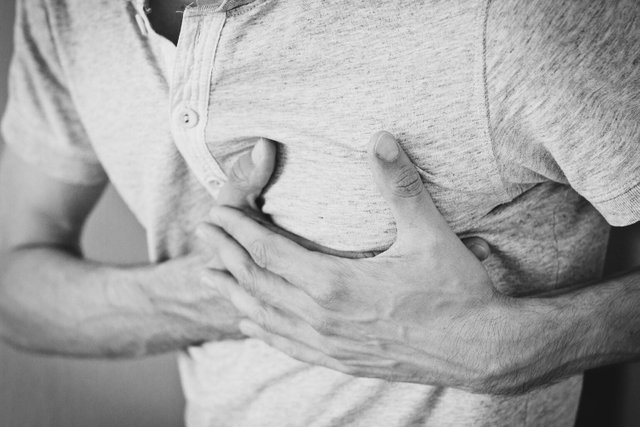
Introduction:
Basic Life Support (BLS) refers to the various procedures performed to immediately save the life of a person who is suffering from a fatal injury or illness such as cardiac arrest, stroke or respiratory distress until the patient can be delivered to the hospital for a full medical care. Such procedures may include Basic First Aid, Cardiopulmonary Resuscitation (CPR), defibrillation by using Automatic External Defibrillators (AEDs), control of hemorrhage or immobilization of a fracture helping the first-responders to significantly increase the chances of survival.
As life-threatening situations can eventuate at any unexpected circumstances, so being a medical professional, a dentist must know the various procedures and protocols that he can perform to immediately effectuate the chances of rescuing the endangered patient.
Aim:
To spread the awareness of Basic Life Support among everyone.
Cardiac arrest:
It occurs when the the rhymthematic contraction and relaxation of the heart stops. Early defibrilation can take the victim’s heart to normal rhythms. In case,a defibrillator is not available, a rescuer or a bystander can be used. it can keep the blood flowing by allowing chest compressions and relaxations. it also provides rescue breaths according to the appropriate age.
Downing:
in such a case, CPR should be provided to the victim when he or she is removed from the water. the most important thing is, Rescue breathing. The person who rescues should give CPR for an interval of short time before calling the emergency support. in case of shock able rhythms, the recommendation is to use early defibrillation.
Choking:
Choking is the condition when somethings obstructs the trachea i.e the windpipe of human. The person who is going to rescue should take a step only if the victim shows some severe signs such as:
Silent cough
Inability to speak
Inability to breathe
Cyanosis etc.
If the person is coughing strongly and forcefully, them the rescuer should not do anything but to force the victim to cough hard in order to throw out whatever is struck in the windpipe.
If the severe symptoms are being shown, then the rescuer should perform anti choking maneuvers such as abdominal thrusts until the obstruction no longer obstructs the air passage ways.
If the obstruction is removed through the use of CPR, the rescuer should look into the mouth of the victim in order to see and to remove the obstruction that was making it difficult fore the victim t breathe. If the condition continues, the rescuer should call the emergency doctors to see the victim and if required, move him to the hospital.
Respiratory arrest:
It is a condition when the victim shows no signs of breathing. It occurs along with cardiac arrest but it does not always happen this way. It is the indication of BLS in the infants and the toddlers. The Best treatment that can be provided to the victims of respiratory arrest is the High quality rescue breaths.
Conclusion:
Anything can occur to a person in just a moment and it is our responsibility being a human to help others in the time of need. We can save the lives of our fellow beings through the knowledge of basic Life Support by applying the knowledge of proper medical assistance until the doctors arrive.